The newly registered heritage dossier, named “Phong Nha-Ke Bang National Park and Hin Nam No National Park”, is based on three UNESCO criteria: geology-geomorphology, ecological processes, biology and biodiversity.
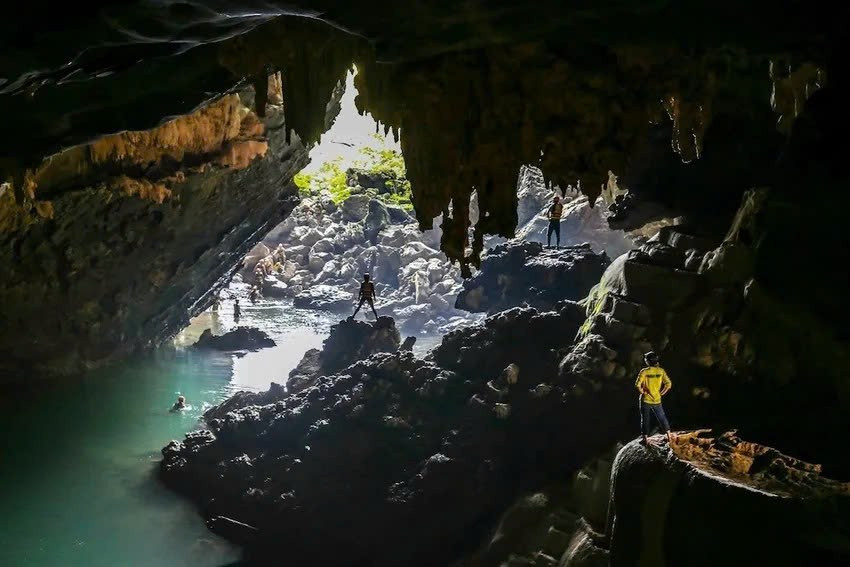
This is the result of close cooperation between the Ministry of Culture, Sports and Tourism of Vietnam and the Ministry of Information, Culture and Tourism of Laos since 2018, strongly promoted after the two governments agreed to build a joint dossier in early 2023.
The dossier of Hin Nam No National Park to be nominated by UNESCO for recognition as an extension of Phong Nha-Ke Bang National Park World Natural Heritage was jointly submitted by the Lao and Vietnamese Governments to UNESCO in February 2024 for approval by the World Heritage Committee at this session.
According to UNESCO, the Phong Nha-Ke Bang and Hin Nam No karst systems are one of the most ancient, large and intact tropical karst regions in Asia, formed about 400 million years ago, located at the intersection between the Annam range and the Central Indochina Limestone Belt.
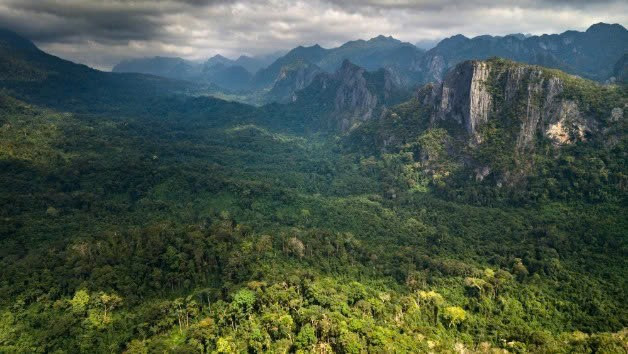
Spectacular caves such as Son Doong (Vietnam) and Xe Bang Fai (Laos) are recognized as having global value, of which Son Doong is the largest cave in the world, measured by diameter and continuous length.
The area is also home to many endemic species such as the black langur, the southern white-cheeked gibbon, wild orchids and the giant huntsman spider - the world's largest spider by leg span, found only in Khammouane (Laos).
In terms of management, the two sides agreed to implement two separate but closely coordinated management plans.
Source: https://baogialai.com.vn/di-san-the-gioi-lien-bien-gioi-dau-tien-cua-viet-nam-goi-ten-phong-nha-ke-bang-post560370.html


![[Photo] Prime Minister Pham Minh Chinh chaired a meeting to discuss solutions to overcome the consequences of floods in the central provinces.](https://vphoto.vietnam.vn/thumb/1200x675/vietnam/resource/IMAGE/2025/10/29/1761716305524_dsc-7735-jpg.webp)
![[Photo] National Assembly Chairman Tran Thanh Man received a delegation of the Social Democratic Party of Germany](https://vphoto.vietnam.vn/thumb/1200x675/vietnam/resource/IMAGE/2025/10/28/1761652150406_ndo_br_cover-3345-jpg.webp)


![[Photo] Flooding on the right side of the gate, entrance to Hue Citadel](https://vphoto.vietnam.vn/thumb/1200x675/vietnam/resource/IMAGE/2025/10/28/1761660788143_ndo_br_gen-h-z7165069467254-74c71c36d0cb396744b678cec80552f0-2-jpg.webp)

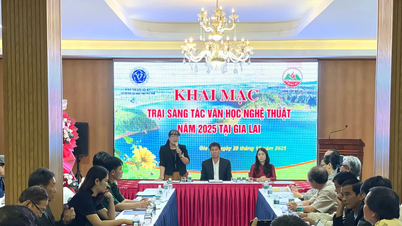
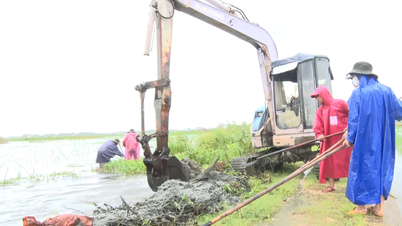




![[Photo] Prime Minister Pham Minh Chinh meets with Lao General Secretary and President Thongloun Sisoulith](https://vphoto.vietnam.vn/thumb/402x226/vietnam/resource/IMAGE/2025/10/24/1761315502315_ndo_br_thu-tuong-pham-minh-chinh-tiep-tong-bi-thu-chu-tich-nuoc-lao-jpg.webp)
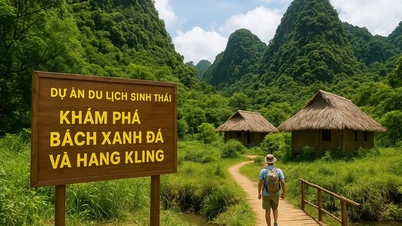

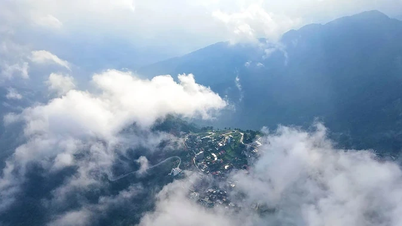





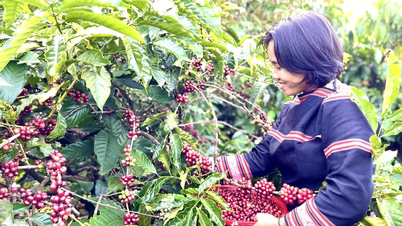


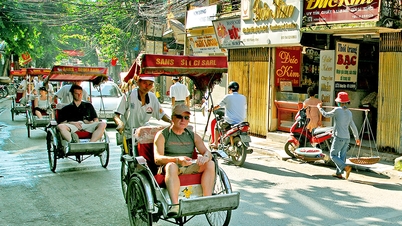






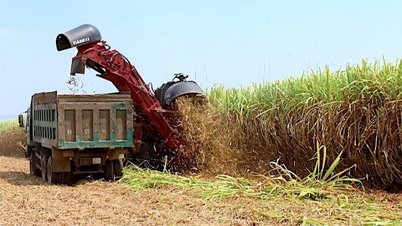
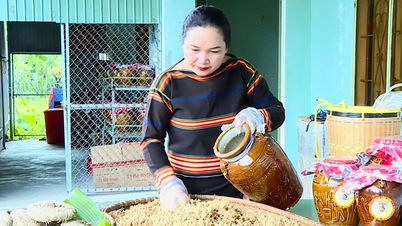
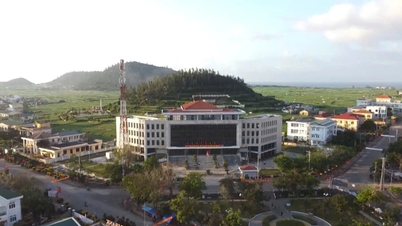


![[Photo] President Luong Cuong attends the 80th Anniversary of the Traditional Day of the Armed Forces of Military Region 3](https://vphoto.vietnam.vn/thumb/1200x675/vietnam/resource/IMAGE/2025/10/28/1761635584312_ndo_br_1-jpg.webp)
![[Photo] Draft documents of the 14th Party Congress reach people at the Commune Cultural Post Offices](https://vphoto.vietnam.vn/thumb/1200x675/vietnam/resource/IMAGE/2025/10/28/1761642182616_du-thao-tai-tinh-hung-yen-4070-5235-jpg.webp)























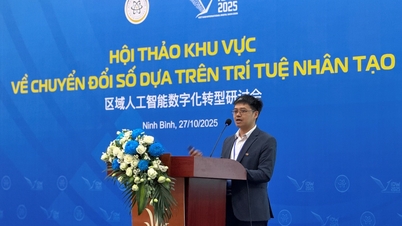

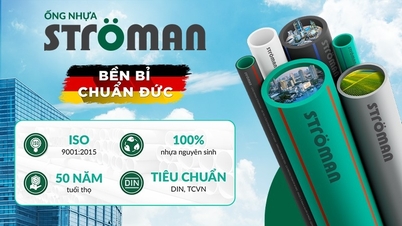
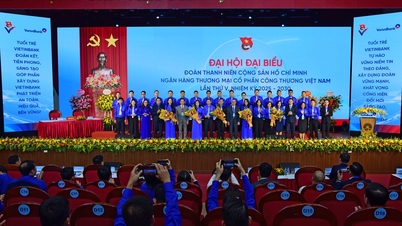





















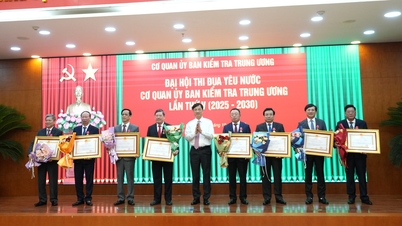


























Comment (0)